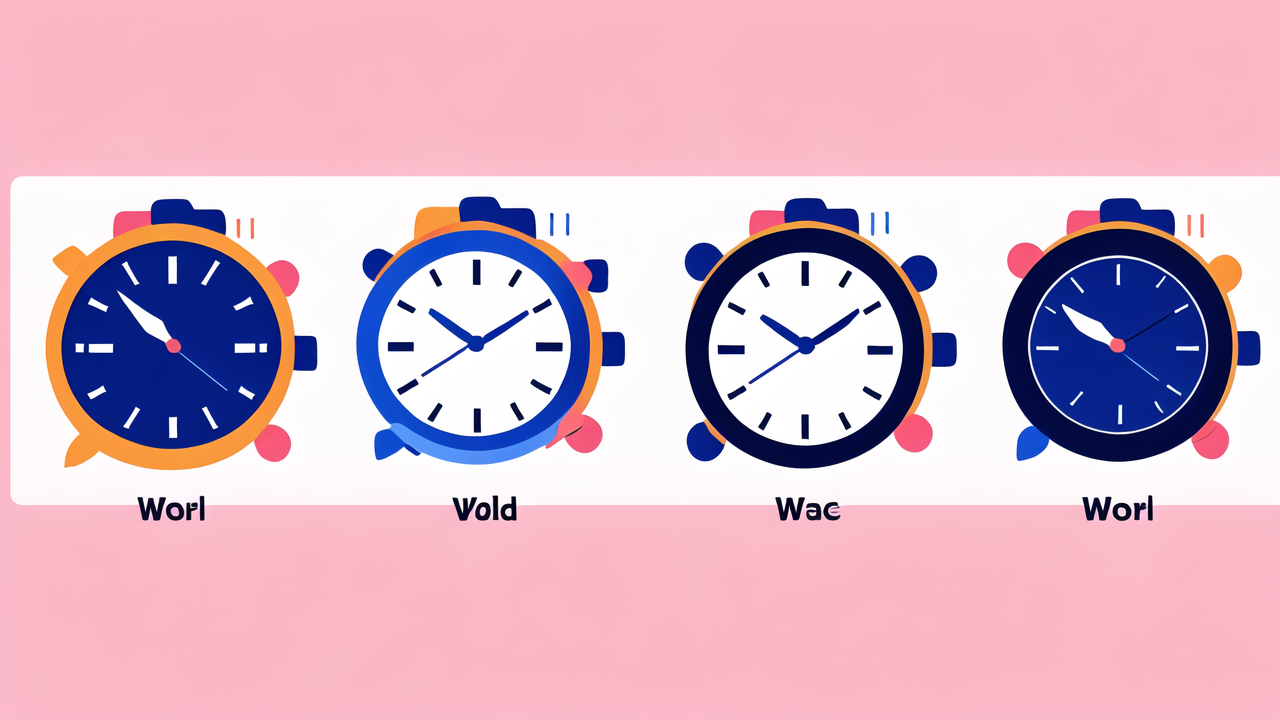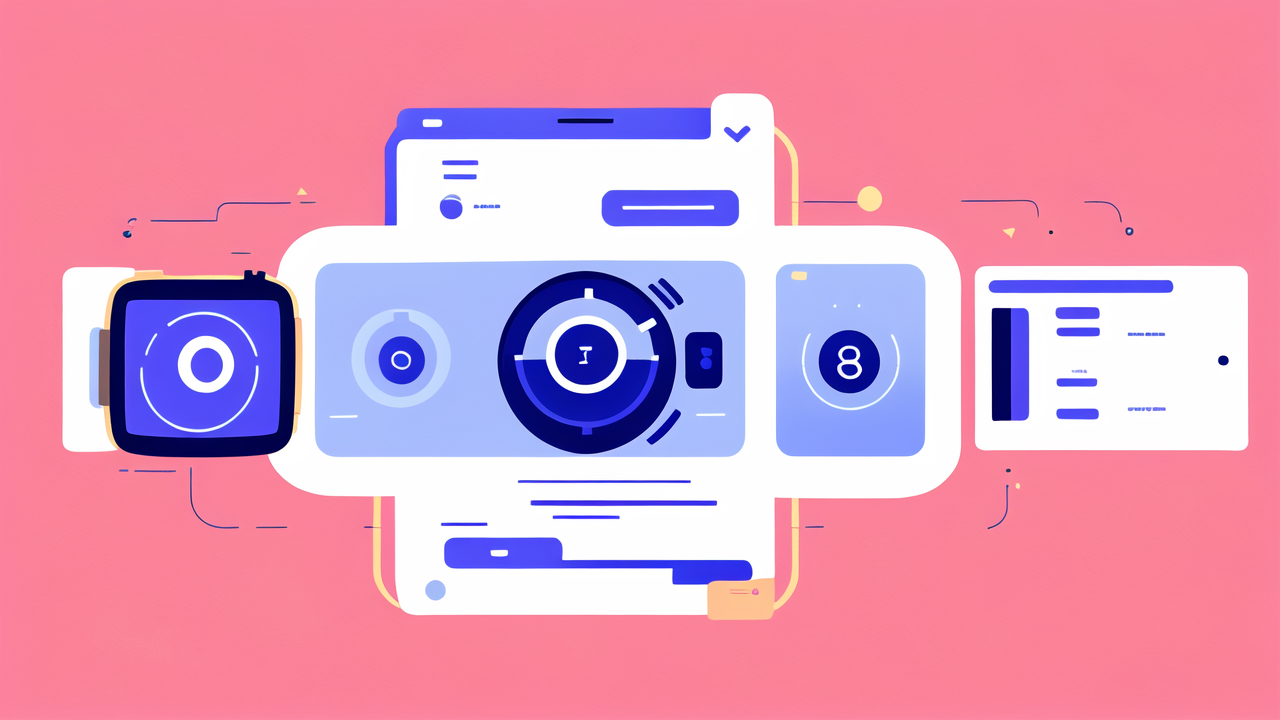The Evolution of Smartwatches in the Professional Landscape
Pioneering Innovation: The Early Days of Smartwatches
In the beginning, smartwatches were simple gadgets. Early models could do no more than basic tasks. They could track time and maybe your steps. But real change was on the horizon. Soon, they held more power. Engineers packed them with more features. Companies saw their potential. They began to think about how to use these watches at work. This was the start of a tech shift. These devices were no longer just for personal use. They became tools for the pros.

Adoption and Integration: Smartwatches in the Workplace
The entry of smartwatches in work settings has been transformative. Devices like the Apple Watch and Fossil's WearOS watches have shifted how we engage with tech on the job. Here's how they fit into our professional lives:
- Enhanced Connectivity: Workers can get alerts, emails, and calls straight to their wrist. This means less time pulling out a phone during meetings or when hands are full.
- Health Monitoring: With inbuilt trackers, they encourage healthier lifestyles, indirectly boosting productivity.
- Task Management: Reminders and apps help manage tasks and calendars without disrupting workflow.
- Team Coordination: Features like walkie-talkie functions let teams communicate quickly and effectively.
- Security: Some models come with features that add layers of workplace security, like locking and unlocking devices.
Their adoption is not just about convenience, it's reshaping workplace dynamics, making multitasking more accessible and communication smoother.
Impact and Benefits: A Closer Look at Efficiency
Smartwatches have reshaped efficiency at work. With a tap, professionals can access emails, schedule meetings, or set reminders. Real-time notifications keep tasks on track. These gadgets sync with productivity apps, simplifying project management. This fusion of convenience and functionality is cutting down on wasted efforts, allowing for better time management. Smartwatches are indeed becoming indispensable tools for the fast-paced corporate world.
Talkshift Tech: Enhancing Communication with Smartwatches
The Advantage of Connectivity: Never Miss a Call
Smartwatches have transformed how we communicate. With constant connectivity, you're alerted to calls immediately. This ensures you don't miss important updates or opportunities. The convenience of a wrist-worn device means faster response times. Professionals can stay informed without disrupting their workflow. Smartwatches like those from Fila emphasize this non-intrusive communication. They offer sleek designs with robust notification systems. These devices sync seamlessly with phones for real-time alerts. Anywhere you go, the watch keeps you in the loop. It's perfect for sales pros who need to stay available. The edge in timely communication can be key to closing deals.
Integrating Talkshift Features into Smartwatches
Smartwatches are now more than timekeepers. They are part of our talks. Talkshift adds key features to them. They can send texts, make calls, and even translate speech in real-time. Here's how Talkshift powers up the smartwatch:
- Voice-to-Text: Speak to your watch, and it types for you.
- Quick Replies: Pre-made messages that you can send in one tap.
- Meeting Alerts: Your watch reminds you of your schedule.
- Language Translation: Speak in one language, your watch translates to another.
These features make it easy to stay in touch without your phone. Talkshift is changing the way we talk, one watch at a time.
Customization and Personalization: A New Era of Communication
Smartwatches aren't just timekeepers; they're a platform for self-expression. With the advent of Talkshift Tech, users can now tailor their smartwatch interfaces and features to match their communication style. This level of customization isn't just about aesthetics— it's about creating a device that intuitively aligns with the wearer's life. From choosing which notifications to receive, to setting quick reply messages, personalization is at the core of this new era. The impact goes beyond convenience; it's about crafting a device that feels like an extension of the self, enhancing the user's daily interactions and simplifying their professional communication.
Future Trends: Where is Smartwatch Technology Headed?
The Role of AI and Machine Learning
AI and Machine Learning (ML) are set to revolutionize smartwatches. These technologies enable more intuitive and responsive user experiences. Smartwatches will not just track health or notify users of messages. They will predict users' needs and automate tasks. For example, ML could learn a user's habits. It could then suggest when to take breaks or hydrate. AI could streamline interactions, leading to hands-free messaging through voice commands. The future of smartwatch technology hinges on how well it integrates AI and ML. This will craft devices that are more than gadgets. They will be personal assistants, health coaches, and much more. Experts predict that the synergy between AI, ML, and smartwatch tech will create a new wave of innovation. This will redefine how we interact with technology.
Interconnectivity and Ecosystems: Smartwatches and IoT
Smartwatches are becoming a hub for IoT (Internet of Things). As wearables evolve, they are set to link with a wider range of devices. This web of connectivity can lead to increased efficiency and control. For example, a user could manage smart home features directly from their wrist. Devices that could team up with smartwatches include phones, home hubs, and even cars. This will pave the way for smoother daily interactions and a seamless tech experience.
Ethical and Privacy Considerations in a Connected World
As smartwatches grow smarter, privacy raises red flags. Here's why. Smart tech means data collection. Think health stats, location, and more. Users fear misuse of sensitive info. Companies must ensure data safety and user trust. They should be clear on what gets collected and why. They must follow strict privacy laws. GDPR in Europe sets the tone. Will US laws follow suit? Users also have a role. They must know their privacy rights. They should check settings and permissions. In the end, trust is key in our connected world. Both makers and users must work to keep it strong.




Leave a comment
This site is protected by hCaptcha and the hCaptcha Privacy Policy and Terms of Service apply.